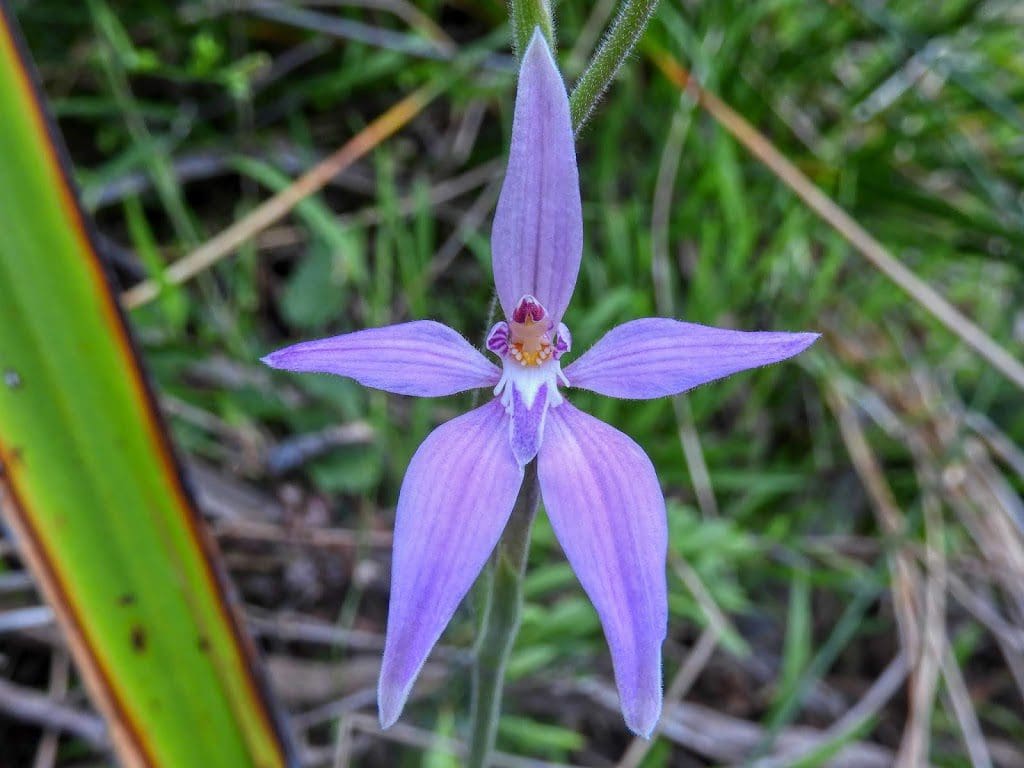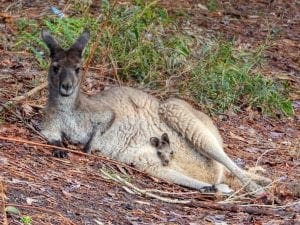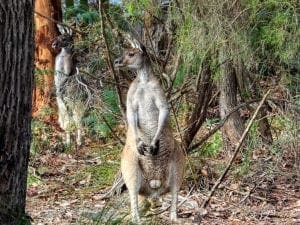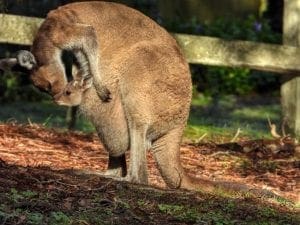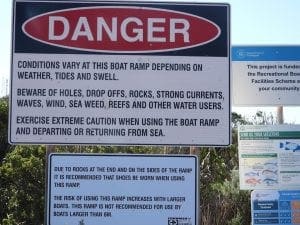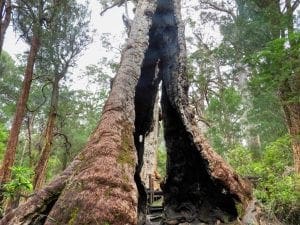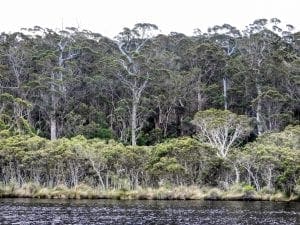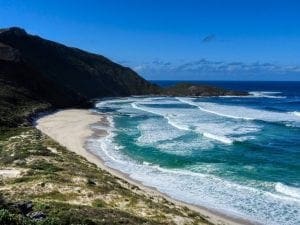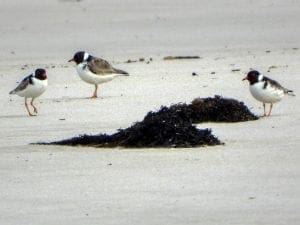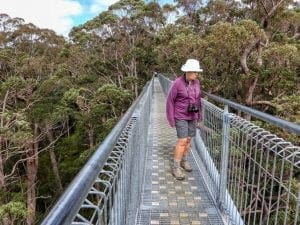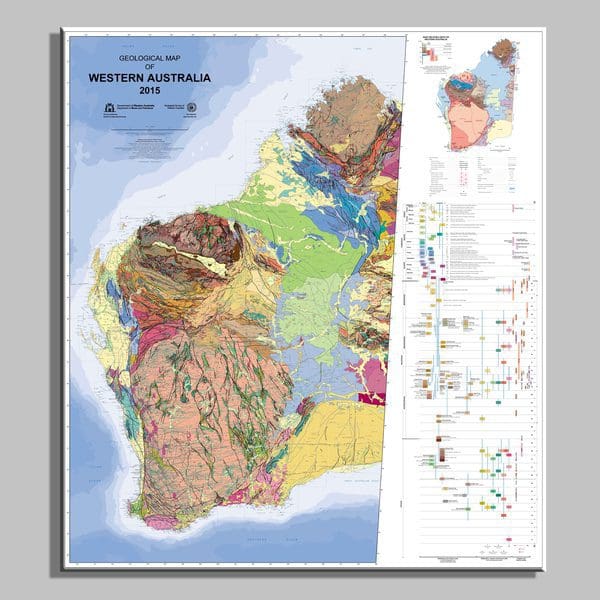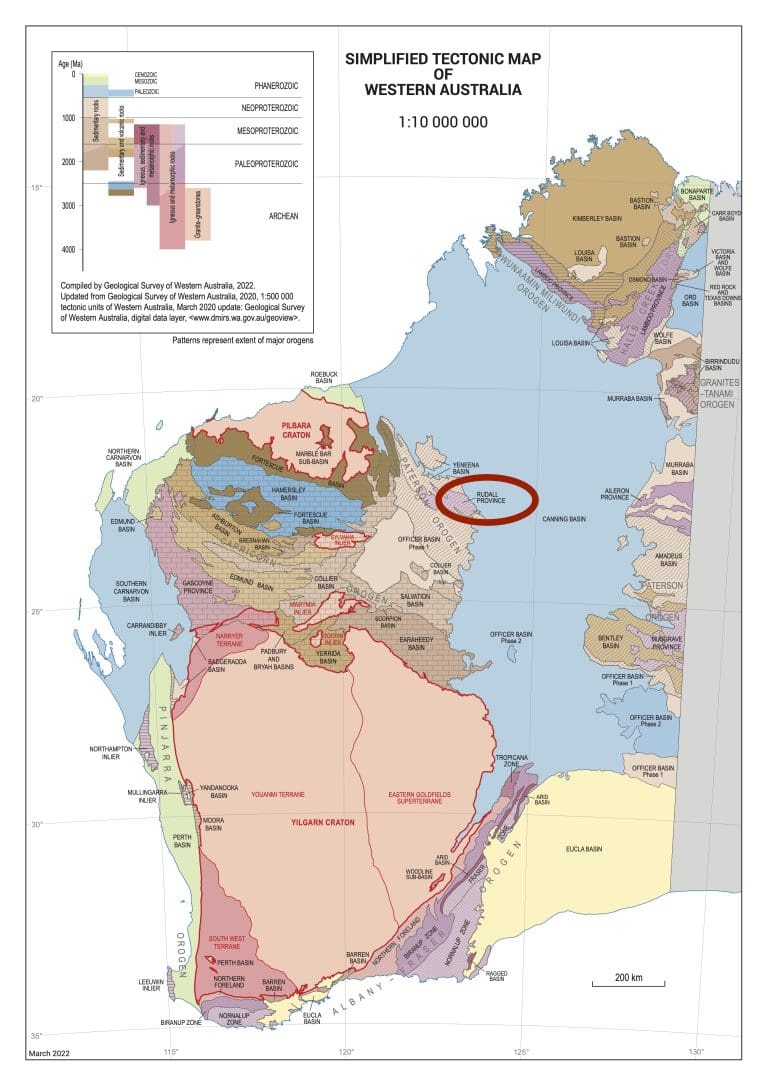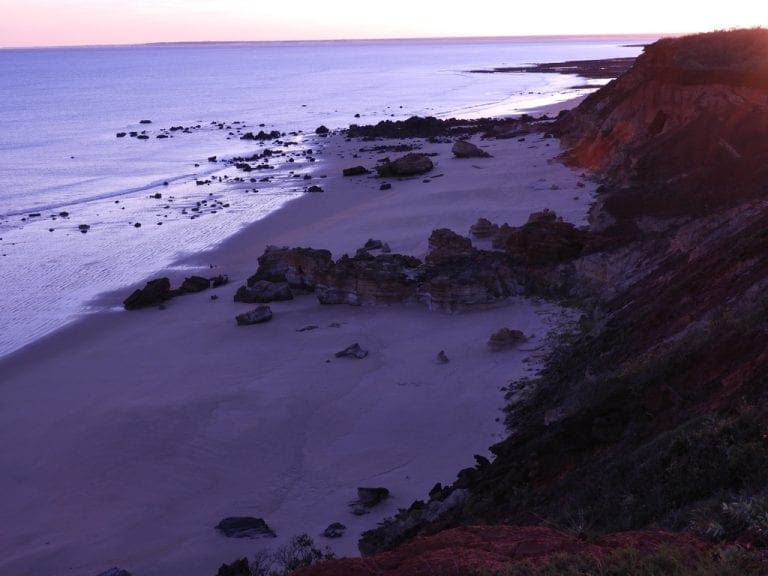Western Australia 2019 trip – week 3
Wednesday 11 Sep 2019 Day 15. This was a day off in Perth. We did little except sleep and find a good Malaysian restaurant nearby.
Thursday 12 Sep 2019 Day 16. A day of driving. We caught a Red Cat (bus) to Avis in Hay St Perth to pick up our car. As it turned out, we were early and had to wait for the truck with the car to arrive. We got away fine in a little blue Suzuki Swift. First, back to the Perth YHA to pick up our bags and then Freeway driving to the south of Perth. A stop for lunch at the delightful Bakery at Bridgetown.
From near Bridgetown south, we have been in tall Karri trees – many stands of beautiful timber. For the night we are in a small cabin at a tiny caravan park (Around tu-it Eco Park – the name is appropriate) near Northcliffe. Just over 400km.
Friday 13 Sep 2019 Day 17. We woke this morning with quite a family of kangaroos just down the slope from our cottage – probably about 20, all adult females with young.
We drove 27 km south to Windy Harbour (appropriately named) for an outing, mainly across heathland with a few remnant Karri trees.
Right on the point at Windy Harbour there is a colony of nesting seabirds with some attempts to protect them. A bit difficult with the locals in the habit of driving on the beaches.
Looks like a very difficult boat ramp and very difficult piece of water. Northcliffe was a timber town. It is now mostly derelict with at least two museums (to timber) following collapse of that industry here. At Northcliffe, we are right down in the SW of WA 34’38”S. The coast is 27 km south of us.
This area would be the first to catch every frontal system that heads for Australia – right at the northern edge of the Roaring Forties and (because we are almost the exact same latitude as Cape of Good Hope) with no land between here and South America.
Saturday 14 Sep 2019 Day 18. A short drive today – just 75km west to the few houses that comprise Normalup. Our drive today was often through the remains of forests that have been made into ‘National Parks’ after all the marketable timber was removed.
The last section (from about Walpole) still has old tall timber. These are ‘Tingle trees’ and were left because they are ‘rubbish timber’. After Walpole, we drove first on a one-way tourist loop to see Coalmine Beach and the anther one-way tourist loop to see Giant Tingle Trees.
Normalup has just a few houses (about 80 with 10 occupied – most of the rest are holiday mansions for the well healed from Perth), a restaurant and Normalup Riverside Chalets (where we are staying). No shops. Many birds and an excellent river at the front door.
Monday 16 Sep 2019 Day 20. A short drive to Conspicuous Cliff which is well worth a look. From the highest point we saw several whales doing tail slaps.
Along the sand, we saw three Hooded Plovers – endangered as they like to nest on sandy shores and get squashed by 4x4s. Good stairways/walkways leading to very good lookouts.
On to Peaceful Bay and then on to the Tree Tops Walk which comprises of 6 * 60m long metal bridge spans with see through decking – 20 people per span and 10 on the platforms where it changes direction. An impressive structure that runs at canopy level through a Tingle forest. The structure was made to prevent people walking around the Tingle trees – which die when the soil around them is compacted.
My slideshow of the Birds of Western Australia is here.
